

Express checkout + Lane Rusher
Express Checkout and Lane Rusher is Makro's in store apps for customers and employees to save time by accelerating the checkout process in store.
Year
6 months
Role
Junior UX/UI designer
Company

Makro
Contracted from

Retro Rabbit
Project overview
Problem
Queuing times have become a problem for the large retailer during peak hours, customers would stand in extremely long queues that at times run through the store's aisles. Item scanning for customers are the most time consuming elements for the checkout process.
Solution
The solution to reducing the item scanning elements is potentially two apps that could activate the waiting period to become slightly more productive. Removing a set of customer that have less or fewer than 10 items could free us till points for customer with substantially more items.
The first app, Lane Rusher, will be employee driven where they can scan items for customers in the queue to alleviate queuing times.
A slip is printed for the customer that can be scanned at the till point to complete payment. This app housed on the Zebra TC51 device.
The second app, Express Checkout, will be customer facing for in-store customers planning to buy 10 or less items. The app give them the ability to scan products on their mobile devices creating a basket. Upon checkout a barcode is generated that can be scanned at the till point to complete payment.
Express Checkout
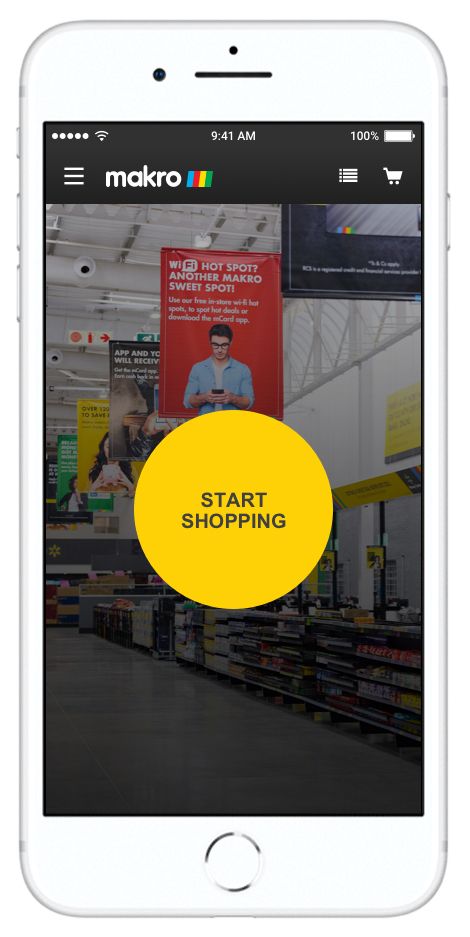
Sign in and shopping
Limitations of profile creation on the internal system and saving of data meant that we were limited to using a user’s BP number (business partner number give to user with their original store card).
No password was able to be created with a sign in process or linking of user’s BP number.
User’s need to be connected to the in-store wifi in order for item recall when products are scanned. This information is explained to the user otherwise they wouldn’t be able to continue the journey.
Another limitation is that the promotional discounts prices only reflect when the barcode is scanned at the POS.
I recommended a shopping list feature to allow users to use the app outside of the store to create a shopping list and while in-store replace the listed items by scanning the product itself. This was well received and became one of the highlight features.
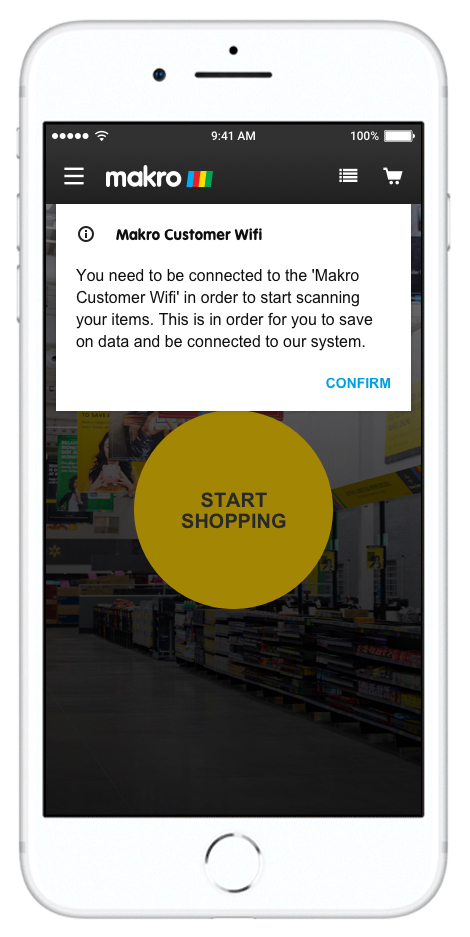
Checkout
The checkout journey needed to be more simplified than a checkout journey including a payment method, the goal of this application was not to replace the payment method itself. It was to pre-populate an order and then complete payment at the point of sales (POS).
A single barcode generated by the application is scanned from the device to recall the order on the POS system. Time required to scan items at the POS could be reduced which ultimately reduces the amount of time a user spends at the POS.
Lane Rusher
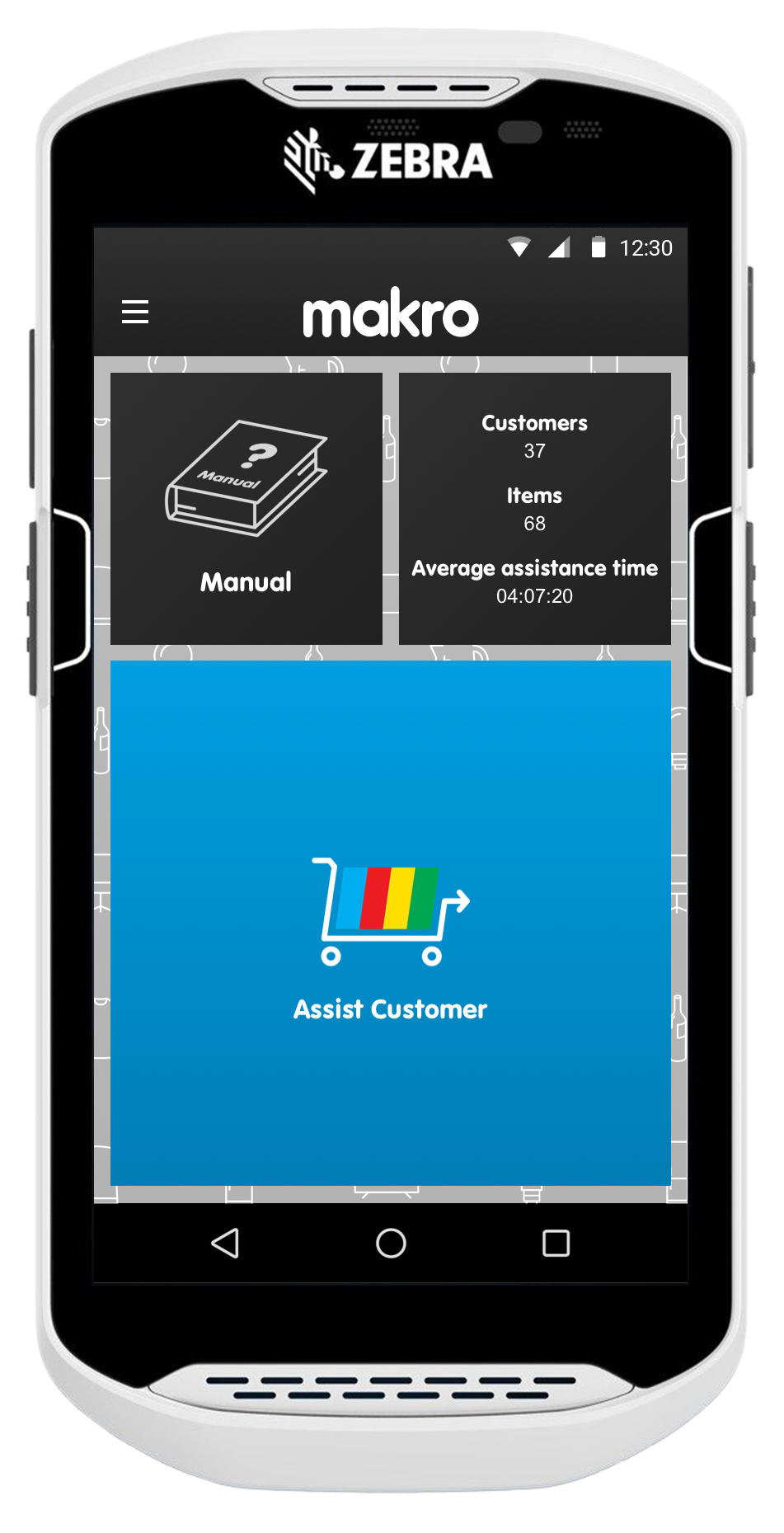
Login and usage
Login process needed to be done every time the Zebra device was assigned to an employee as the user differed each time.
Showcasing a form of user manuals inside the application was a necessary as the employees using the application needed access to a how-to when there is no one to ask in the immediate vicinity.
Training would have been complete for the use of the application ensuring there is no confusing when faced with a customer.
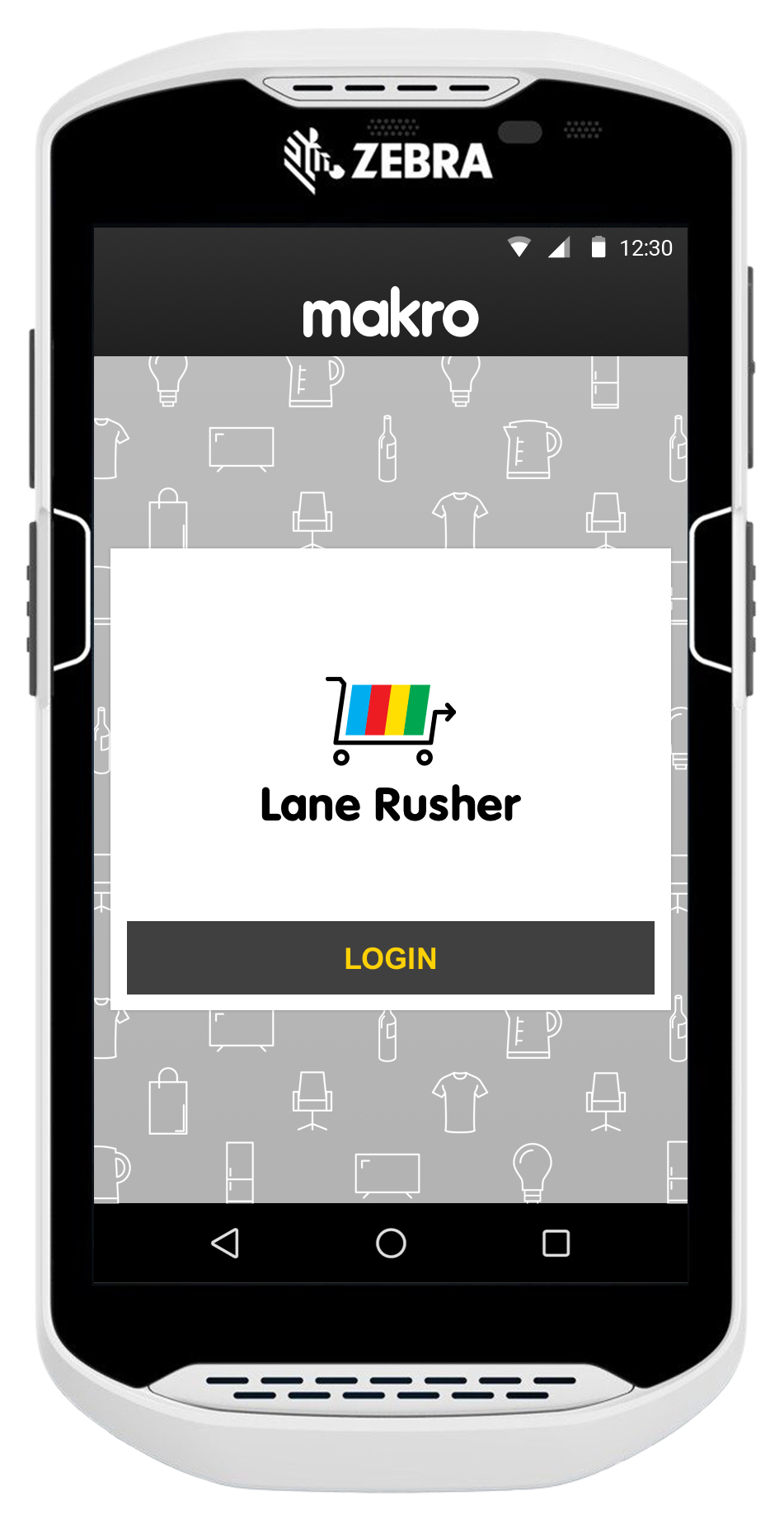
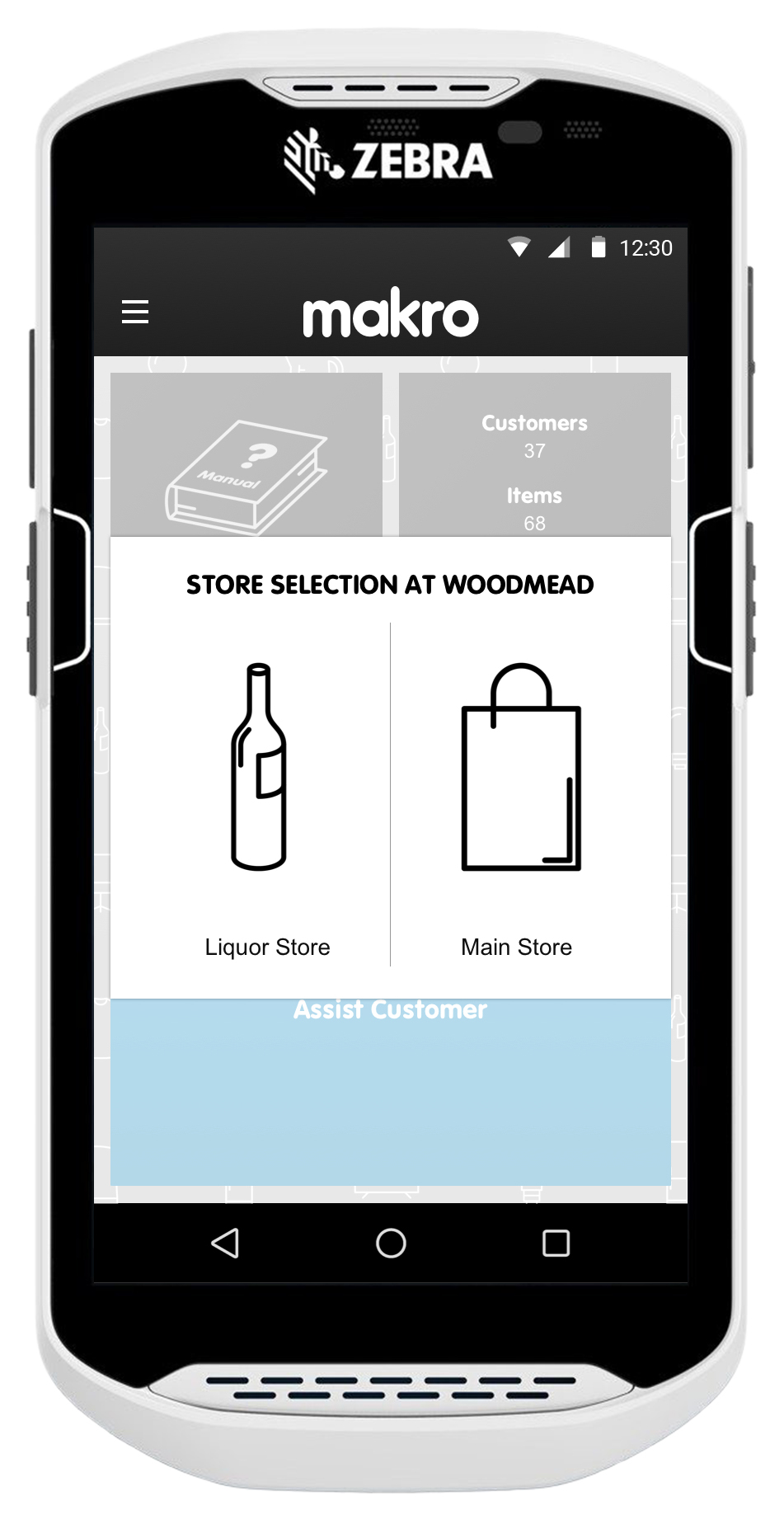
Design
Large touch and font sizes for faster navigation through the application was one of the most important aspects of the UI design.
The native keyboard was changed specifically to the native numeric keyboard when only numeric input can be accepted to increase touch size.
Large input areas used when selecting the store type which was extremely important upon the employee signing in as it established order creation on the backend and could not be processed when done incorrectly.
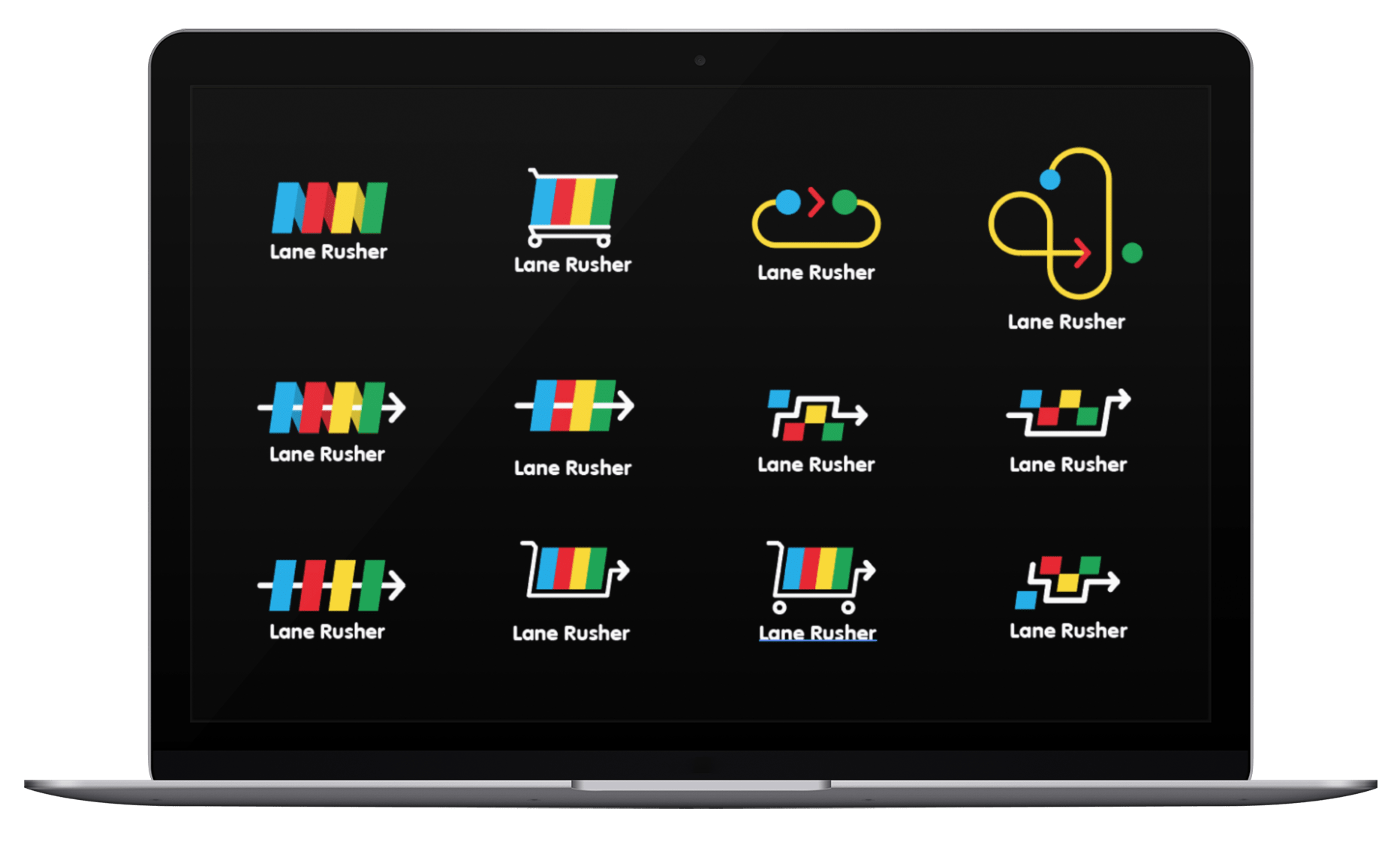
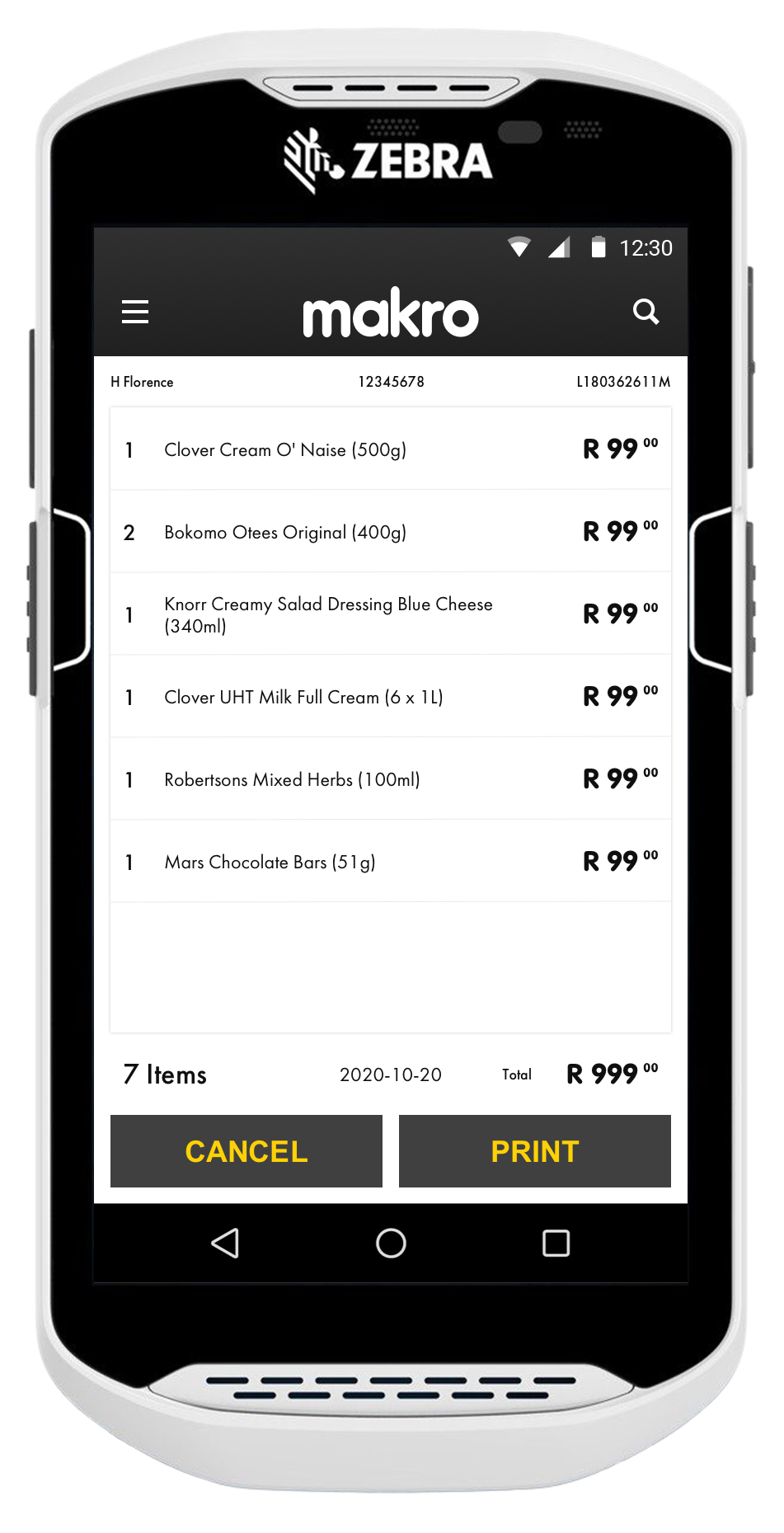
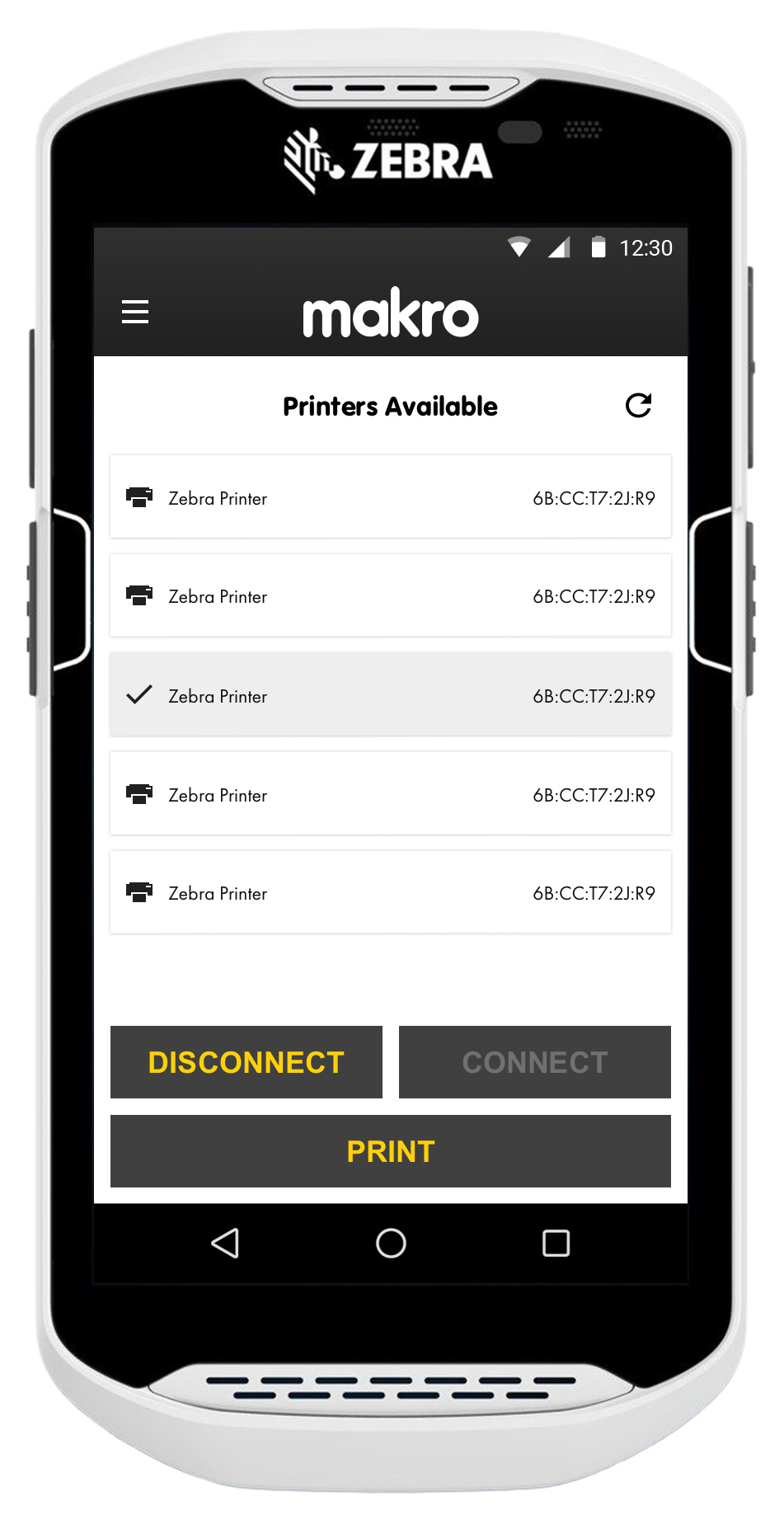
Software used
Sketch
Last used: 2020
Competent
InVision
Last used: 2020
Competent